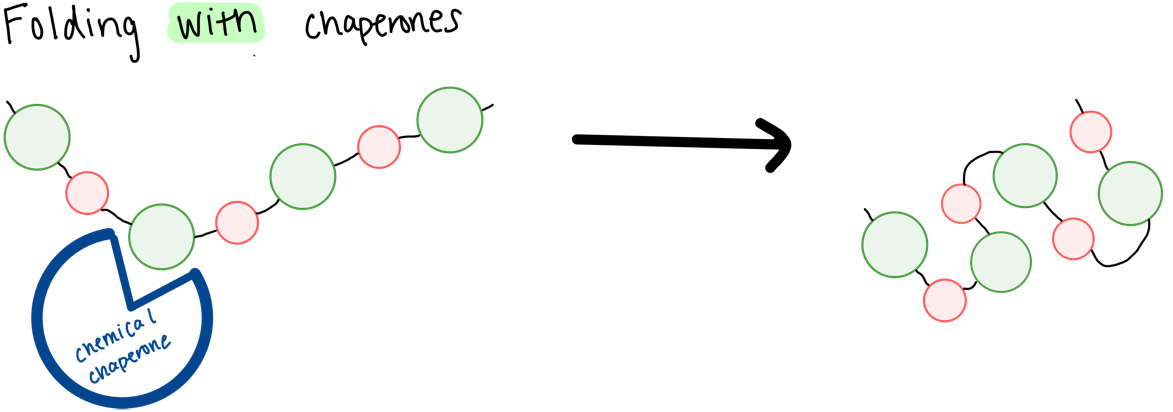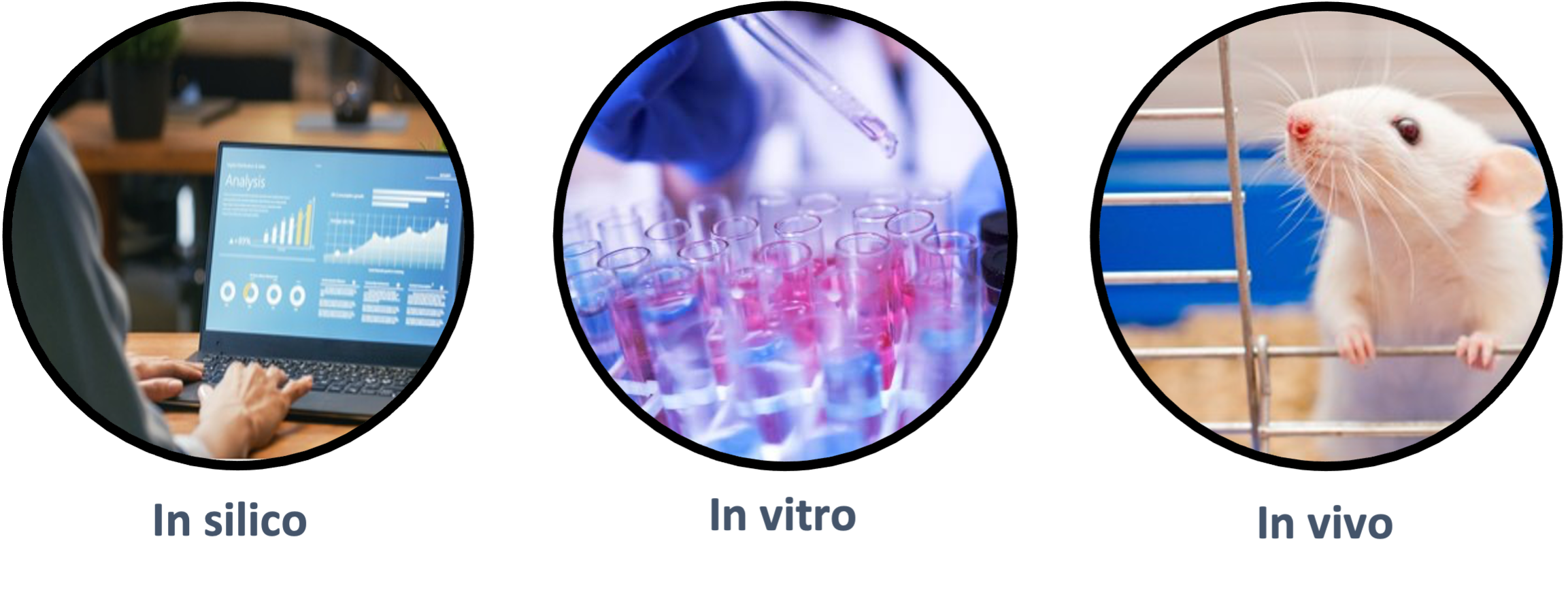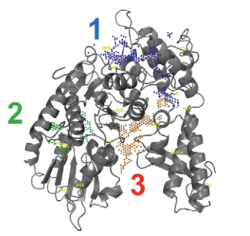What Are Pharmacological Chaperones?
In 2021, Burre’s lab team published a paper titled “Targeted stabilization of Munc18-1 function via pharmacological chaperones”. This blog post by Kerry Gao at Weill Cornell Medicine explains this paper.
Many individuals with STXBP1 disorder are prescribed anti-epileptic drugs to address their seizure symptoms. However, this poses 2 major concerns:
1. Anti-epileptic drugs do not target non-epilepsy symptoms. While epilepsy is important to treat, other symptoms such as communication, intellectual disability, motor issues, and developmental delay are critically unaccounted for.
2. Anti-epileptic Drugs are unsuccessful in 1/3 of patients, and do not lead to long-term improvements. There remains a significant unmet need for a disease-modifying therapy that can consistently treat STXBP1 patients.
In 2018, a paper by Guiberson et al. proposed chemical chaperones as a novel strategy to treat STXBP1 encephalopathies (4-phenylbutyrate, sorbitol and trehalose). Because these chemical chaperones act on STXBP1 proteins, they have the potential to be disease-modifying address both epilepsy and non-epilepsy symptoms.
To recap our previous blog post on the Guiberson et al paper, chaperones are molecules in our body that can improve stability and organization of proteins found in our body.
Analogy: Origami. Proteins in our body must fold into the correct shape to be functional. There are some proteins that need help folding into the correct ‘origami’ structure. Special proteins called chaperones assist the folding process.
While Guiberson et al.’s data supports use of chemical chaperones to reverse deficit associated with STXBP1 mutations, there remains a complication: the chaperones in the Guiberson paper are not specific to STXBP1. As these are non-specific, these chaperones may also affect other parts of the body leading to undesired and unforeseen side effects. In addition, higher concentrations of the drug may not be well tolerated in humans.
Whereas chemical chaperones are more universal—binding and stabilizing to any protein, pharmacological chaperones are very specific and only have effects on particular proteins.
Dr. Burre and her team at Weill Cornell combine in silico, in vitro and in vivo research techniques to identify pharmacological chaperones that specifically bind and stabilize mutant STXBP1 proteins.
The Latin phrases in silico, in vitro and in vivo, are commonly used within research in reference to experiments done on the computer, outside living organisms, and in living organisms respectively. By combining different research techniques, scientists can improve how they tackle a scientific question, consider additional variables, and create an increasingly comprehensive approach to answer their questions more accurately.
STXBP1 protein and its 3 locations where chaperones could bind.
Step 1 In silico: Using computer simulations, what chaperones look like good STXBP1 therapy candidates?
Like puzzle pieces, each protein has a unique geometric shape that is complementary to the geometric shape of another molecule. Thus, for a pharmacological chaperone to be targeted, it must be the correct shape to complement the STXBP1 protein (like a lock and key). Otherwise, the chaperone could affect other proteins in the body.
Using computer simulations, 255,780 chaperones were screened to ultimately identify 6 best-fit pharmacological chaperones* . Pharmacological chaperones 9, 10, and 13 (below) were further studied due to their ability to rescue mutant STXBP1 protein levels.
Step 2 In vitro: Are we sure the computer selected compounds translate into the real world?
In the lab, it was found that pharmacological chaperones 9 and 13 were best at stabilizing functional STXBP1 protein levels, as well as improving STXBP1 protein’s function in synaptic vesicle release (see Kerry’s previous blog post).
Step 3 In vivo: This works in the lab on a petri plate, but what about in live animal models?
Using worm models, pharmacological chaperones 9 and 13 were found to:
Decrease the tendency for mutant STXBP1 proteins to misfold.
Reduce mutant STXBP1 aggregate formation.
Guide incorrectly located STXBP1 proteins back to their correct location in the nervous system.
It is crucial to note that higher concentrations of the pharmacological chaperones experienced negative effects on the STXBP1 protein, suggesting off-target effects despite the targeted nature of the chaperones. While the identified pharmacological chaperones strongly increased STXBP1 targeting, there remains room for improvement.
Taken together, Compounds 9 and 13 are specific to STXBP1 proteins, and have shown efficacy in rescuing protein function using in silico, in vitro and in vivo methods. Burre et al. demonstrates one of the first STXBP1 studies that successfully uses computational modeling to accurately predict effects in vitro (at then bench) and in vivo (in live models).
Further studies will focus on enhancing these pharmacological chaperones until they are ready for testing in human models.
Learn More
Read about the ongoing clinical trial using glycerol phenylbutyrate (ravicti) as chaperone therapy for STXBP1 and SLC6A1: https://clinicaltrials.gov/ct2/show/NCT04937062.
Please visit this link for current ongoing STXBP1 research: https://www.stxbp1disorders.org/current-research.
List of Pharmacological Chaperones Screened in Paper and Selection Reason
Significant increase in Munc18-1 G544D levels
Significant increase in Munc18-1 R406H levels
Stabilize WT STXBP1 protein levels
Significant increase in Munc18-1 G544D levels
Similar structure to compound 13
Similar structure to compound 14 and 16
Significant increase in Munc18-1 G544D levels
Stabilize WT STXBP1 protein levels
Compound can likely pass the blood-brain barrier
Found to have the overall best docking score (most favorable interactions)
Compound can likely pass the blood-brain barrier













